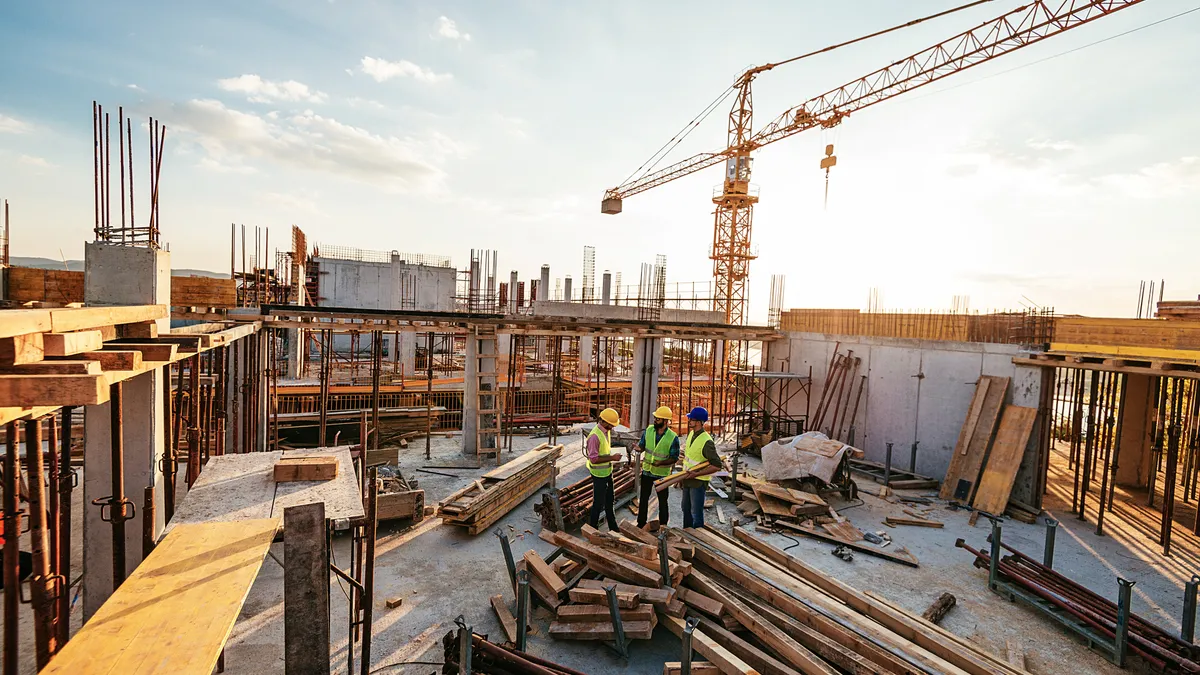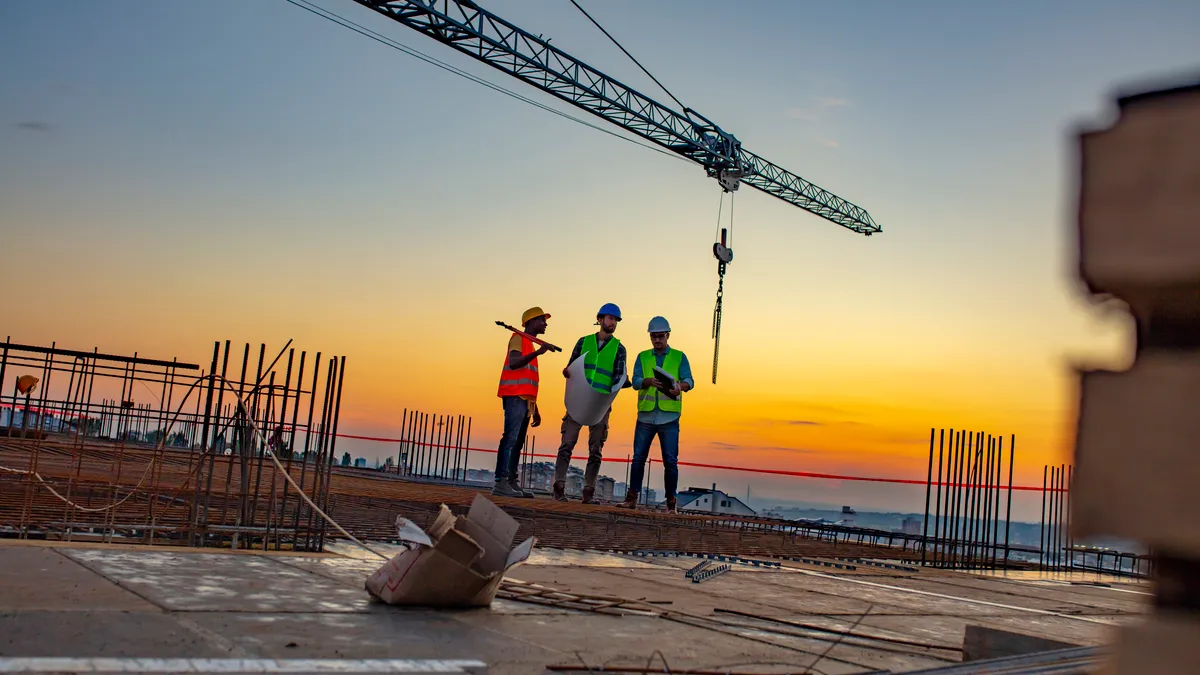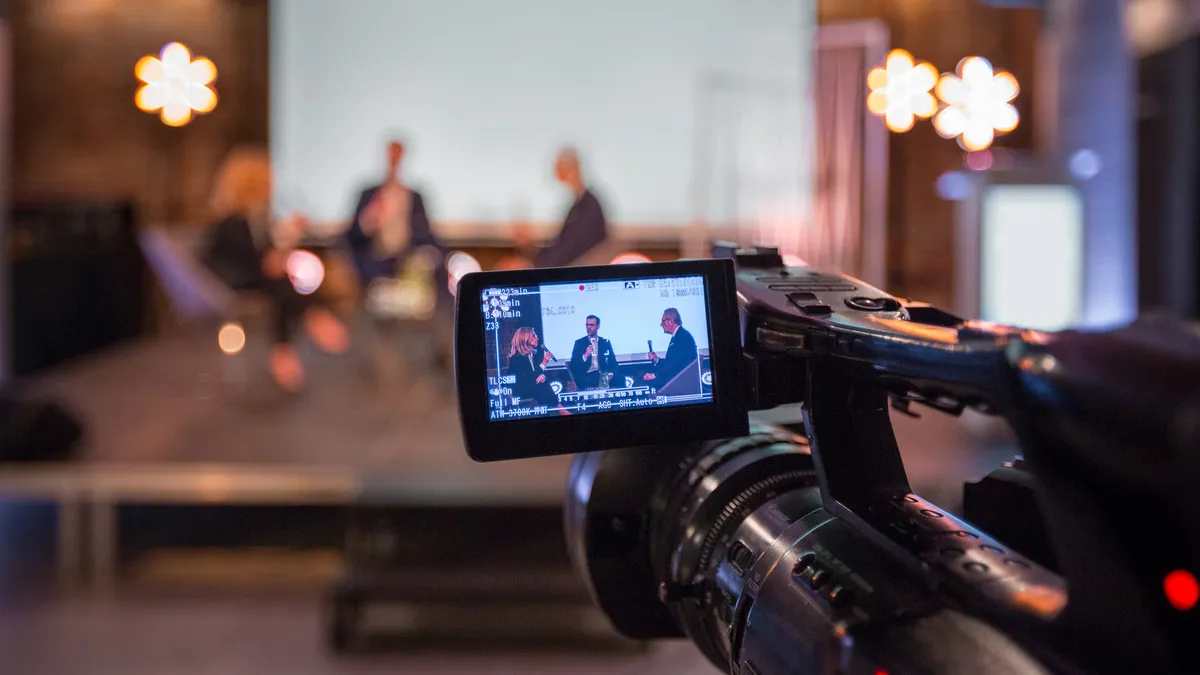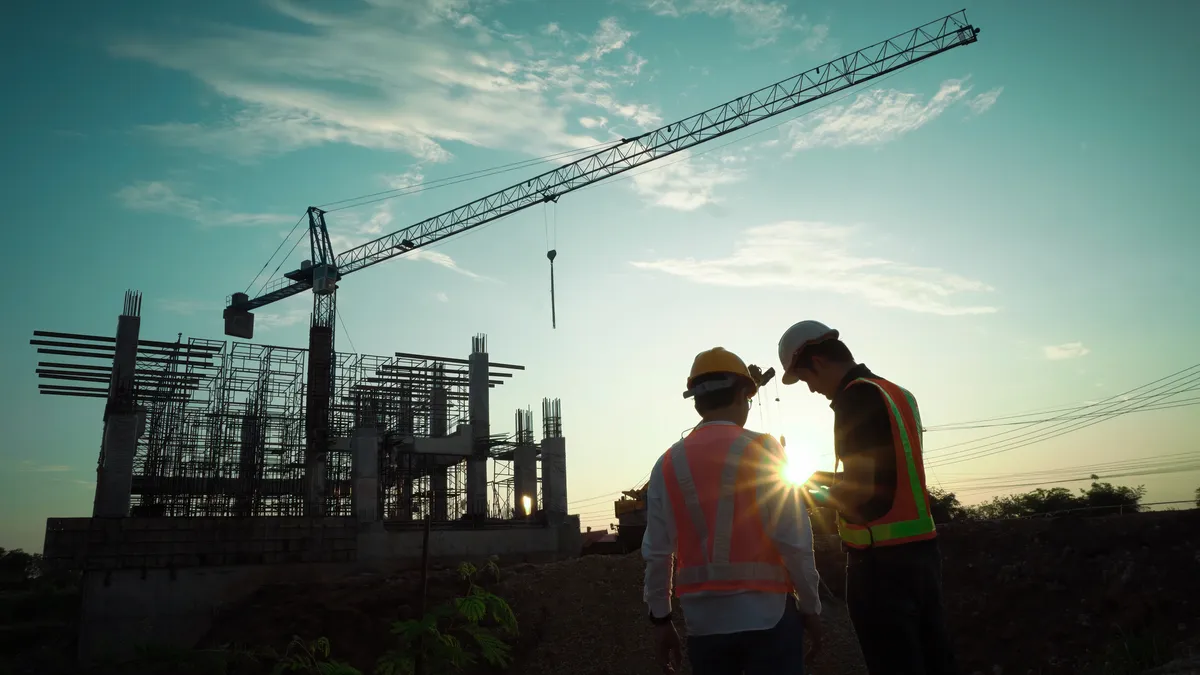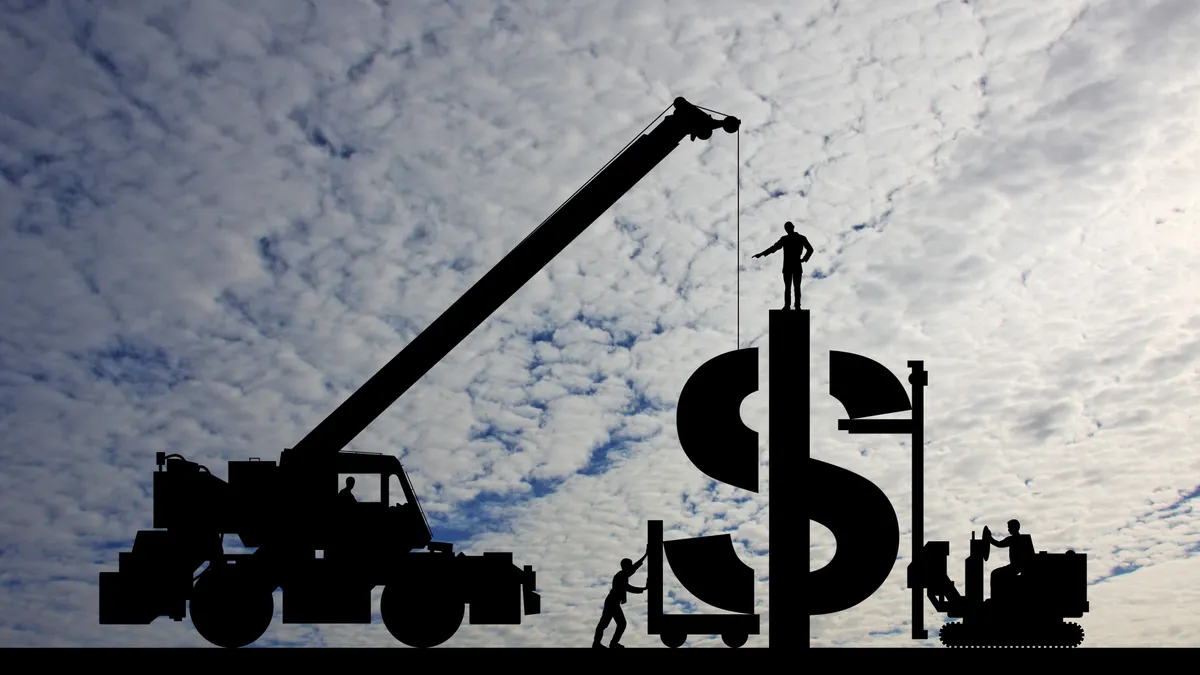Matt Verderamo is a consultant at Well Built Construction Consulting, a Baltimore-based firm that delivers strategic consulting, facilitation services and peer roundtables for construction executives. Opinions are the author’s own.
In the famous words of executive coach Marshall Goldsmith: “What got you here won’t get you there.”
In other words, change is a necessary part of personal and organizational growth.
Yet most people and companies are resistant to change, and it prevents them from reaching their full potential. Often, the most successful organizations are constantly changing, while the struggling organizations are stuck in their ways.
For example, in our work with contractors around the country, we often hear about projects with trade contractors who are convinced that they shouldn’t have to use tablets in the field, so they dig in their heels and use what they know: paper drawings. Eventually, a few things happen:
- Certain projects require the use of tablets and related software, meaning the team is not meeting client expectations.
- Drawings change almost daily, and the teams on site never have the most updated set, leading to high risk for installing the incorrect scope.
- Younger superintendents join the team and don’t want to use paper, leaving them frustrated with their company.

Of course, by the time this sub actually changes its ways, they are too late because their competition has passed them by.
So, the question is, how do you create change in an organization that may not be open to it?
This is one of the challenges we face every time we start working with a new client. In my experience, there are a few keys to creating organizational change that works. They include:
Take time to understand
I used to hate it when I heard the phrase, “We do it this way because it’s the way we’ve always done it.”
But then I realized that there is usually a pretty good reason why people or companies started doing the things they’re doing. They may not make sense anymore, but they did at some point.
So, before you can make change, you need to take time to understand how things have been done. Because it will tell you a story about exactly why and what you need to change moving forward. Plus, when you show people you care about the things they’ve always done, they are much more open to making change.
Empathy and listening must come before magnificent organizational change.
Don’t judge
With change comes a need to admit, “Dang. We need to be better. I need to be better.”
This can be a scary feeling — and a justified one. People can often resist change because they don’t want to admit things need to get better.
So, if you want to create change in your organization, you need to help your people see that you are not there to judge them and that they should not judge themselves. And you are not changing because anyone is bad, but rather because you could all improve in one way or another.
In short, being judgmental never helps.
Instead, help people see that there is no need to judge, but rather a need to open themselves up to getting better from here forward. You must start here to create fantastic organizational change.
Use positive reinforcement
One subcontractor we work with was totally against the idea of their project managers building their budgets for projects. The thinking was that the estimator does that bid, so they should be responsible for the budget.
We listened and understood, but encouraged them to consider the benefits of a PM building their own budget:
- Estimators have two weeks to bid a job, PMs own it for months or years.
- PMs blame estimators for bad budgets, and doing their own budget eliminates that excuse for projects that falter.
- Building a budget requires PMs to do a deep dive into the drawings. What better way to get to know the job than performing your own takeoff right after getting the job turned over to you?
We let it sit, and eventually the owner came back to us a few months later saying he finally understood our point because he was tired of his PMs not owning their budget results. They ended up making the change and haven’t looked back.
We took time to understand where they were coming from, we never judged and we told them they were awesome for reconsidering and owning up to it. It’s just how great change often works.
Know it’s not easy
There are going to be setbacks throughout the organizational change process. People are going to fall back into their old ways, not follow new processes and generally create friction. Instead of punishing them when they fail, praise them when they succeed.
Change is a hard but necessary part of every construction company’s growth story. My advice is to embrace it.


